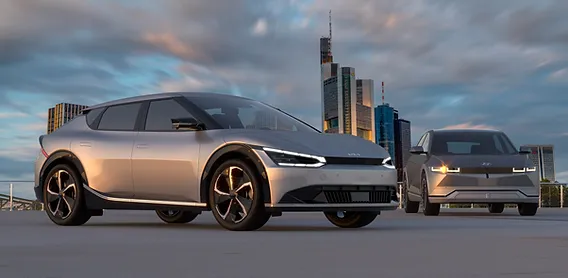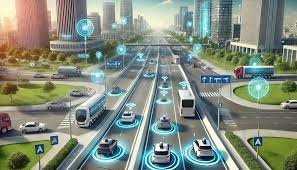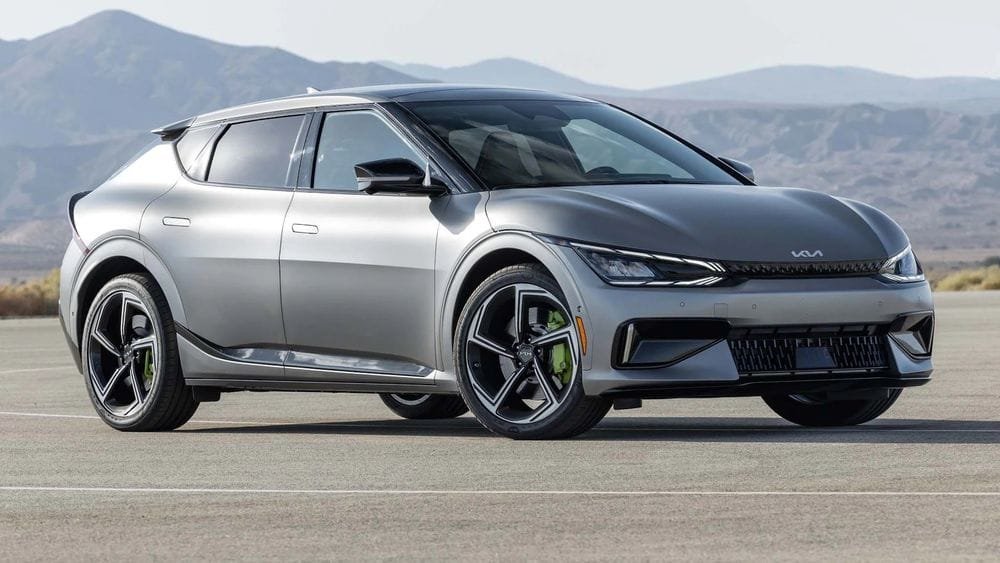
Discover the next big trends in electric vehicles, from solid-state batteries to wireless charging and autonomous EVs. Explore how these innovations are shaping the future of mobility.
Electric vehicles (EVs) are revolutionizing the automotive industry, and their evolution shows no signs of slowing down. With advancements in technology, sustainability efforts, and changing consumer demands, the future of EVs is more promising than ever. Let’s dive into the next big trends shaping the electric vehicle landscape.
1. Solid-State Batteries: The Power Revolution

One of the most anticipated breakthroughs in EV technology is the advent of solid-state batteries. Unlike traditional lithium-ion batteries, solid-state batteries use a solid electrolyte, offering several advantages:
- Increased Energy Density: Vehicles can achieve longer ranges on a single charge, surpassing 500 miles.
- Faster Charging Times: Charging can take minutes instead of hours, making EVs more convenient for everyday use.
- Enhanced Safety: The absence of liquid electrolytes significantly reduces the risk of overheating or battery fires.
Major companies like Toyota, Samsung, and QuantumScape are investing heavily in this technology, with commercial launches expected by 2025.
2. Wireless Charging: A New Era of Convenience

Imagine never having to plug in your car to charge. Wireless or inductive charging technology is making this a reality. By parking your EV over a charging pad, the battery can replenish automatically via electromagnetic fields.
- Static Wireless Charging: Charging while parked in garages or public spaces.
- Dynamic Wireless Charging: Future highways may integrate charging systems, allowing EVs to charge while driving.
Automakers like BMW and infrastructure companies are already testing wireless charging solutions, which could redefine convenience for EV users.
3. Autonomous Electric Vehicles (AEVs): The Road Ahead

The combination of electric propulsion and autonomous driving is set to reshape urban mobility. Autonomous electric vehicles (AEVs) promise a future of shared, efficient, and eco-friendly transportation.
- Ridesharing Fleets: Companies like Waymo and Cruise are piloting self-driving EV fleets in cities.
- Energy Efficiency: Autonomous systems optimize routes, reducing energy consumption.
- Enhanced Safety: AI-driven systems can reduce human errors, making roads safer.
AEVs are expected to dominate urban areas, replacing traditional taxis and personal vehicles over the next decade.
4. Expansion into Emerging Markets

The EV market has largely been concentrated in developed countries, but that’s changing. Developing nations in Asia, Africa, and South America are set to become major players in EV adoption.
- Affordable EV Models: Automakers like Tata Motors and BYD are introducing low-cost EVs tailored for these markets.
- Localized Infrastructure: Governments are investing in charging networks to support EV growth.
- Environmental Impact: Transitioning to EVs can significantly reduce air pollution in densely populated cities.
This expansion will democratize access to EV technology and boost global adoption rates.
5. Sustainable Manufacturing and Recycling

As EV adoption grows, so does the need for sustainable practices in manufacturing and recycling.
- Green Manufacturing: Automakers are striving for carbon-neutral factories and sourcing renewable energy for production.
- Battery Recycling: Companies like Redwood Materials are pioneering recycling programs to recover valuable materials like lithium, cobalt, and nickel.
- Second-Life Batteries: Used EV batteries are being repurposed for energy storage systems, extending their lifecycle.
Sustainability efforts will ensure the EV revolution aligns with environmental goals.
6. Vehicle-to-Grid (V2G) Technology
Vehicle-to-grid (V2G) technology allows EVs to not only consume energy but also return it to the grid. This trend has transformative potential for energy management:
- Grid Stability: EVs can store surplus energy and release it during peak demand.
- Cost Savings: EV owners can earn by selling unused energy back to the grid.
- Renewable Integration: V2G supports the integration of intermittent renewable energy sources like solar and wind.
Companies like Nissan and Honda are pioneering V2G-enabled vehicles and pilot programs.
7. The Rise of Electric Commercial Vehicles
The commercial vehicle sector is undergoing electrification at a rapid pace. Electric buses, trucks, and delivery vans are becoming mainstream, driven by regulatory pressures and cost savings.
- Electric Trucks: Companies like Tesla (with its Semi) and Volvo are leading the charge in heavy-duty electric trucks.
- Last-Mile Delivery: Amazon and UPS are deploying EV fleets for package deliveries, reducing carbon footprints.
- Public Transit: Electric buses are replacing diesel fleets in cities worldwide, improving air quality.
Electrifying commercial vehicles will play a significant role in reducing global emissions.
Challenges to Overcome
Despite these exciting trends, the EV industry faces some hurdles:
- Charging Infrastructure: Expanding networks to meet growing demand.
- Supply Chain Issues: Ensuring sustainable sourcing of raw materials.
- Consumer Awareness: Educating potential buyers about the benefits of EVs.
Addressing these challenges will be critical to the continued success of electric vehicles.
Conclusion
The electric vehicle revolution is entering its most dynamic phase yet. From groundbreaking battery technologies to autonomous systems and sustainable practices, the future of EVs is brighter than ever. As these trends unfold, they will redefine transportation and contribute to a greener, more efficient world. Are you ready to embrace the next chapter in electric mobility?

